Wrist Assured: Where Did All the Safe Deposit Boxes Go? What Watch Collectors Need to Know Now
Wrist Assured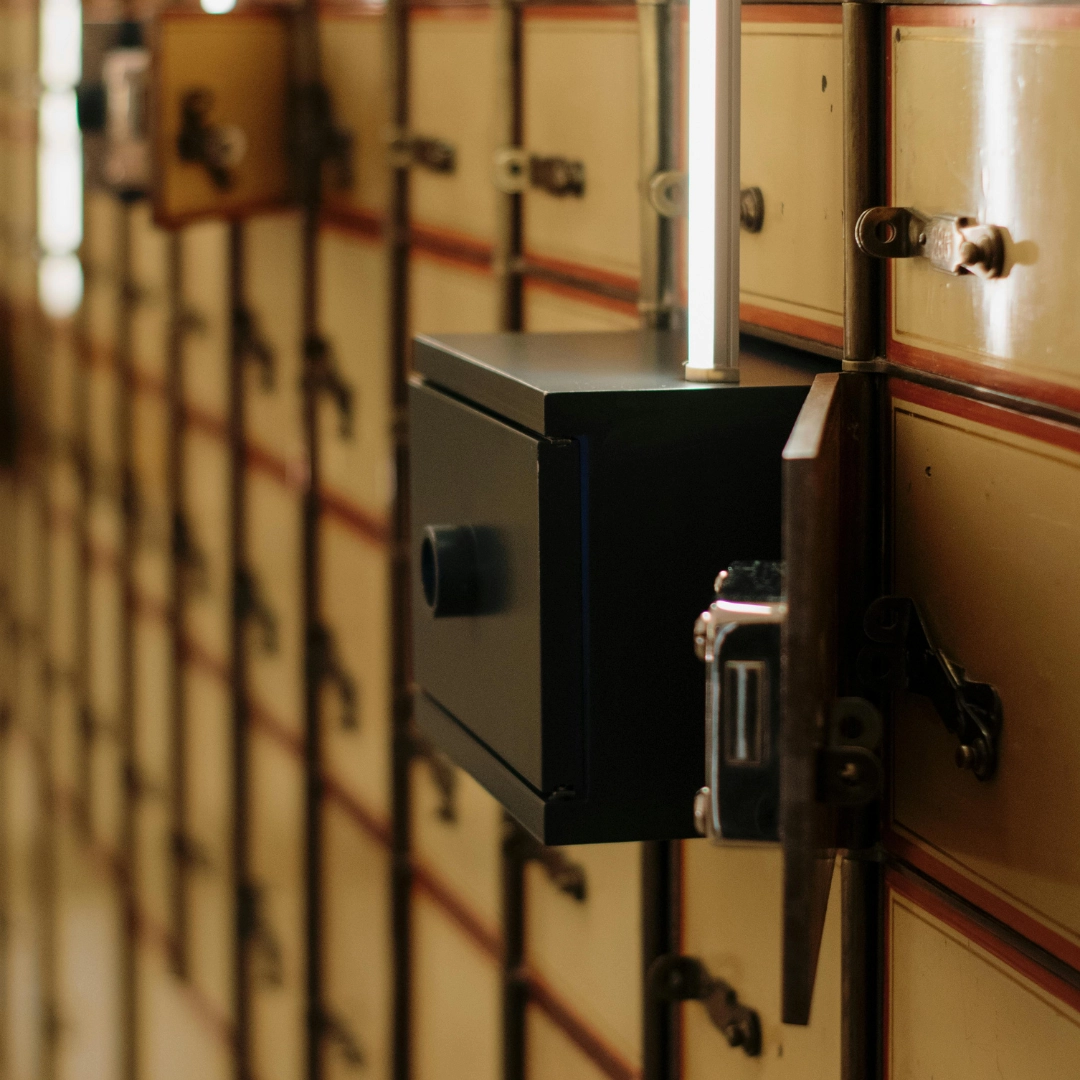

Safety deposit boxes have long been revered as a cornerstone of secure storage for jewelry, precious metals, and luxury watches. For generations, banks were seen as the ultimate guardians, offering vault-protected boxes nestled within temperature-controlled environments and reinforced behind several layers of institutional security. From the seasoned collector safeguarding a rare Patek Philippe to families storing cherished heirlooms, safety deposit boxes were an obvious choice for securing valuables. Insurance providers have been quick to incentivize their use, routinely offering more favorable rates to collectors using a safety deposit box at the bank. This is still the case. However, we are seeing increasingly that banks are no longer offering safety deposit boxes and even removing them entirely in some locations.
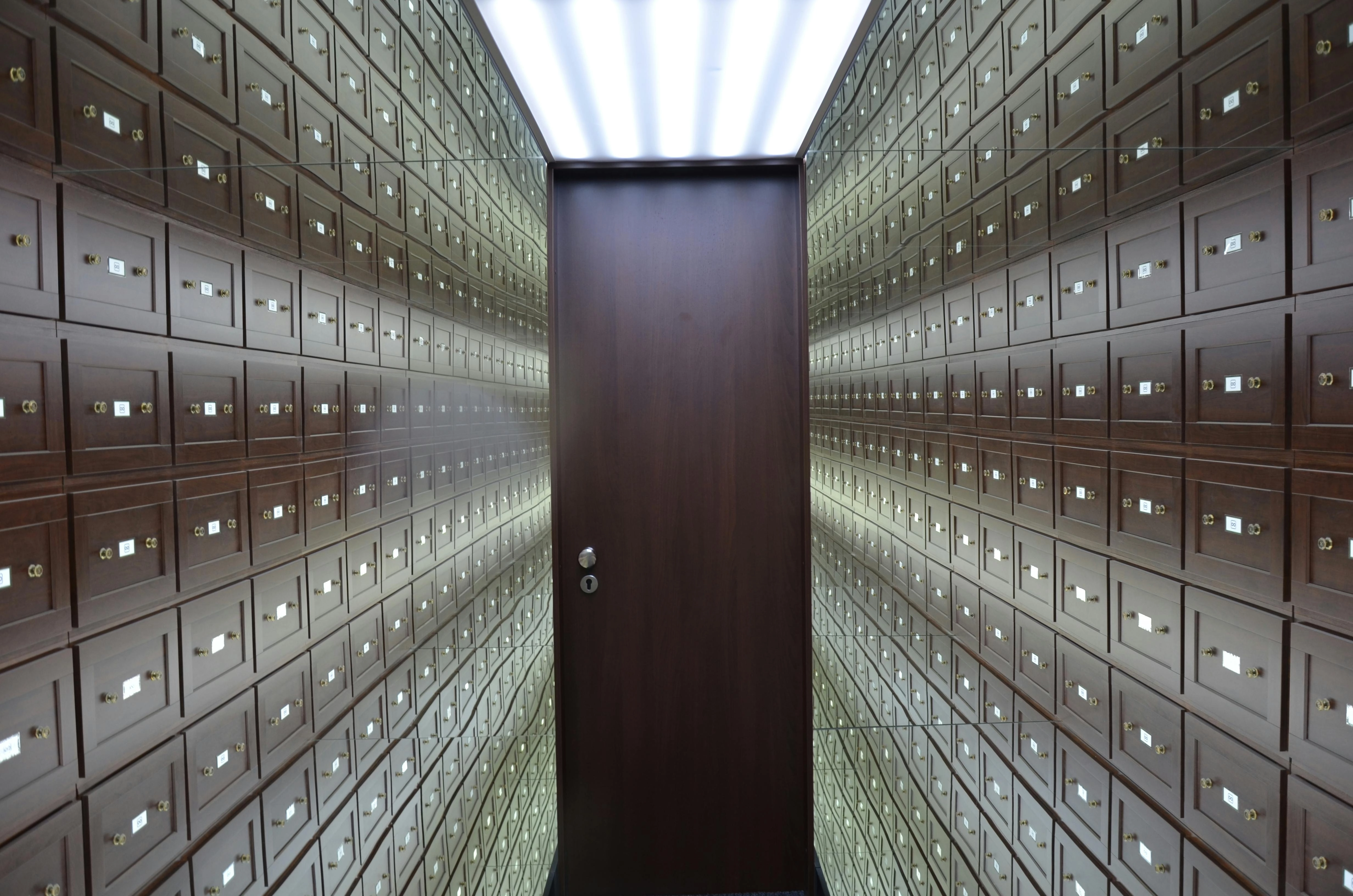
For decades, the safest home for a serious watch collection wasn’t at home at all. It was behind the “nearly impenetrable” protection of a bank vault, in a tidy safe deposit box. Insurance applications routinely asked for storage details, with a “yes” to in-vault storage often resulting in lower premiums and more favorable terms. Providers recognized the rigor of bank security, which included multi-factor access, regimented logs, and armored construction, providing peace of mind to both owners and underwriters. It was common to have only one or two “daily driver” watches, which were stored in a home by a modest alarm system and safe. All other watches were logged and tucked into a safety deposit box at the bank, and the underwriters could tell you exactly where each watch was.
Fast forward to today, where we have lived through a global pandemic marked by years of limited public exposure, which has led to a whole new breed of watch collectors fed by a booming, appreciating market. This period of decreased foot traffic marked the beginning of a new era in banking, one that focused on occupying digital space rather than physical ones. Across major metros and smaller markets alike, new branches are opening without vaults, and existing locations are decommissioning safe deposit inventory. Due to the rise of digital banking, increased operational costs, and liability issues, banks are phasing out safety deposit boxes. This poses a challenge for luxury collectors, as safety deposit boxes can be more difficult to obtain by than a Rolex Daytona from your AD.
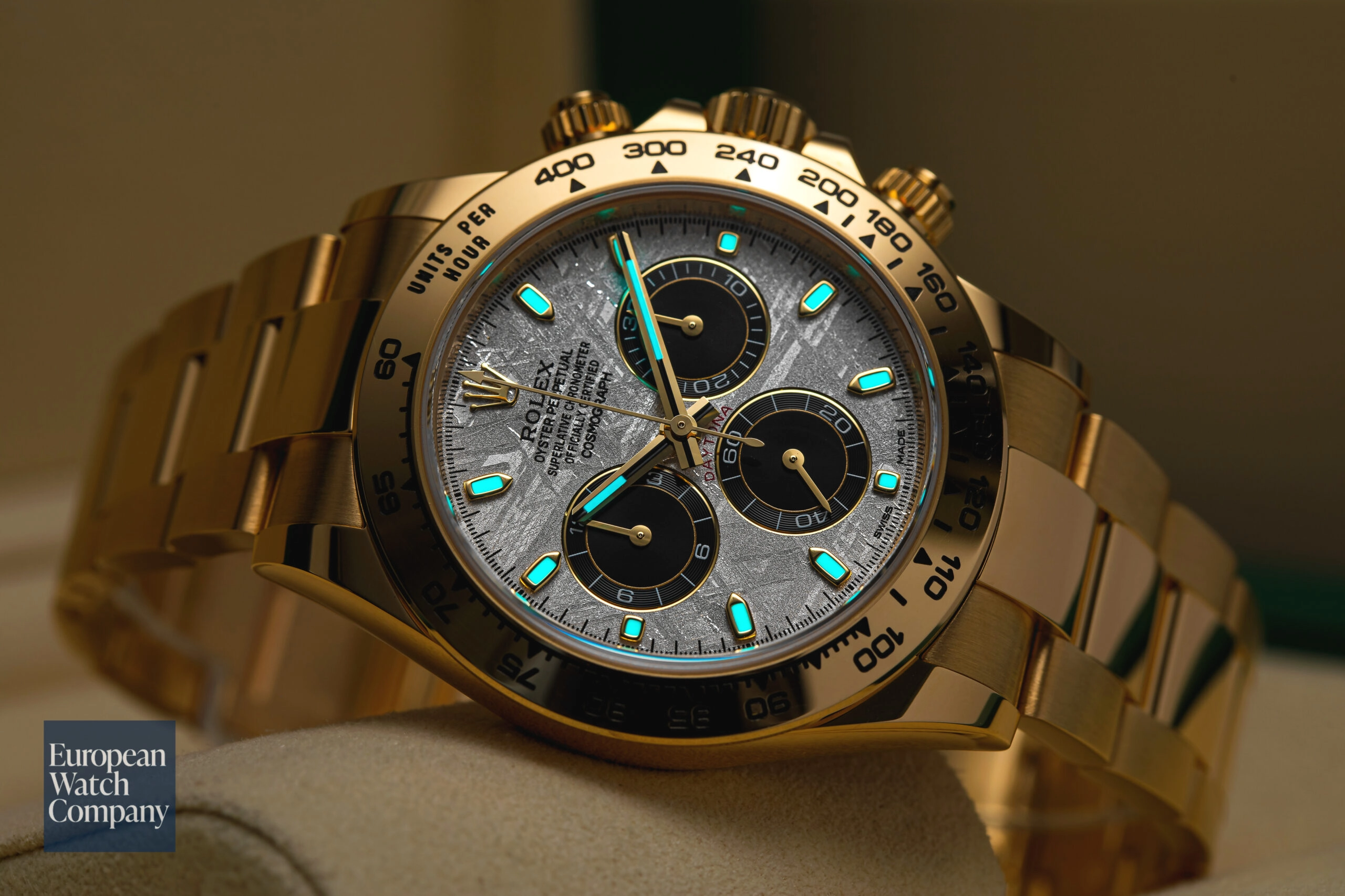
This evolution poses a dual challenge. First, sourcing a bank that offers safety deposit boxes and has availability. Second, determining which watches are kept in the bank can be a challenge, as collectors do not want to have to keep going back and forth to the bank when they want to wear a different watch. The collector mindset may have even led to the fall of safety deposit boxes, as people want to be close to and enjoy the watches they collect and love. For some it’s about the investment and protection of a valuable item, but for others, the watches they collect are a part of their personality.
With this in mind, insurance companies have begun reviewing their criteria, often requiring additional proof of security when safety deposit boxes are not an option. The conversation shifts from “Which bank?” to “How are your valuables protected at home?” UL-rated safes, advanced alarm systems, and remote monitoring are increasingly part of the conversation, and some carriers offer the same (or better) rate incentives to collectors who install the whole kit-and-kaboodle to protect their collections at home. For the luxury watch enthusiast, the era of assuming vault access is officially over. It is important to evaluate secure storage strategies and consult with insurance professionals about best practices in the current market.
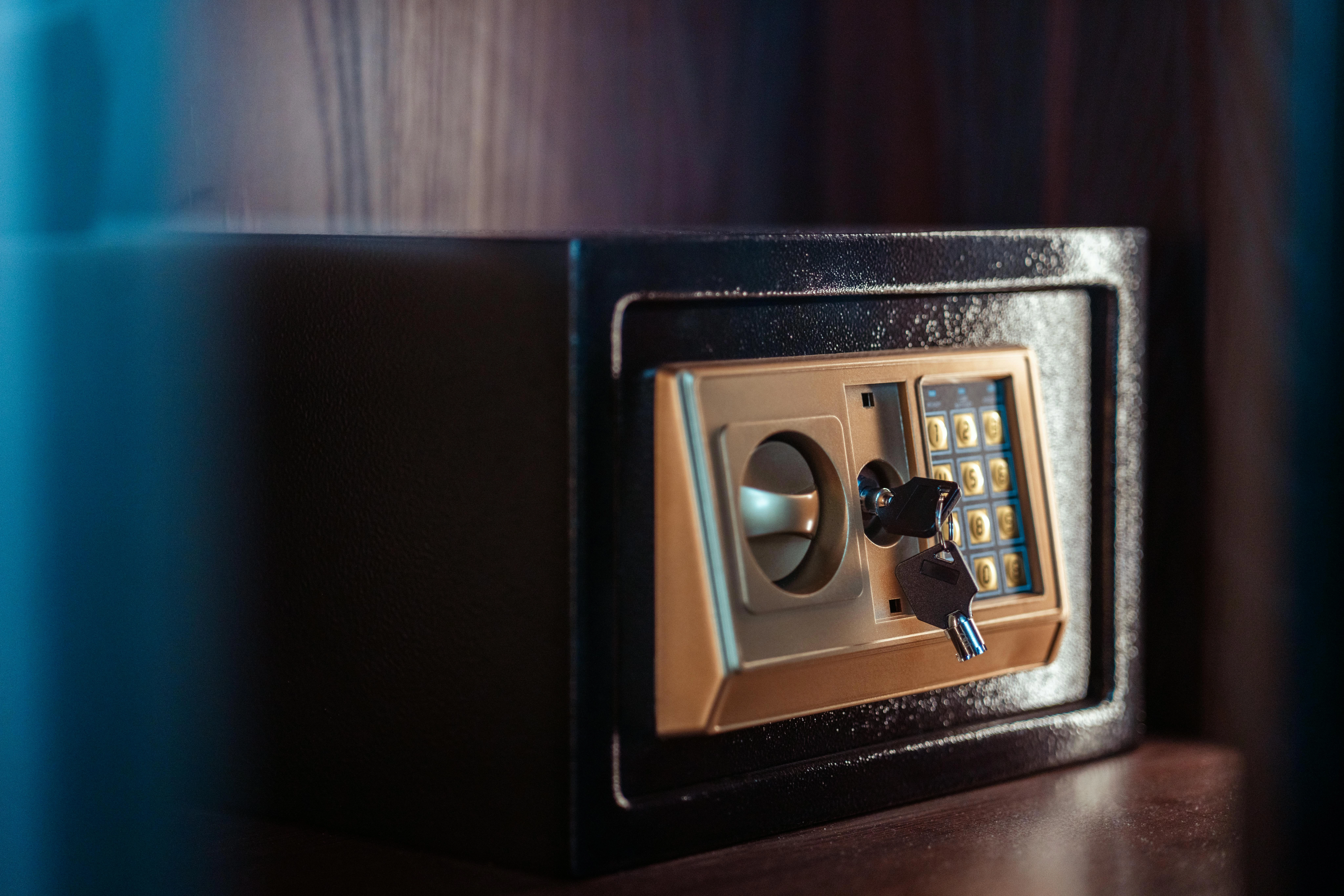
Navigating this new terrain means adapting. Whether opting for next-generation home safes or investigating private vaulting, like Malca Amit, the core lesson remains: security and insurance remain inseparable allies in safeguarding what matters most. We recommend that all watch collectors maintain a centrally-monitored alarm system, as well as install a mounted safe that is UL-rated for burglary and fire. When storing watches at home, it is important to consider both natural disaster-related and malicious-behavior related losses. A good security set-up will make sure the foundations to protect the collection are in place. The next most important thing? Actually storing the watches in the safe and turning on the alarm. If someone is truly scouting your home to steal your collection, these will be the first things they notice. A true collector loves to cherish his collection, but perhaps he should keep it under lock and key when he is not actively appreciating it.
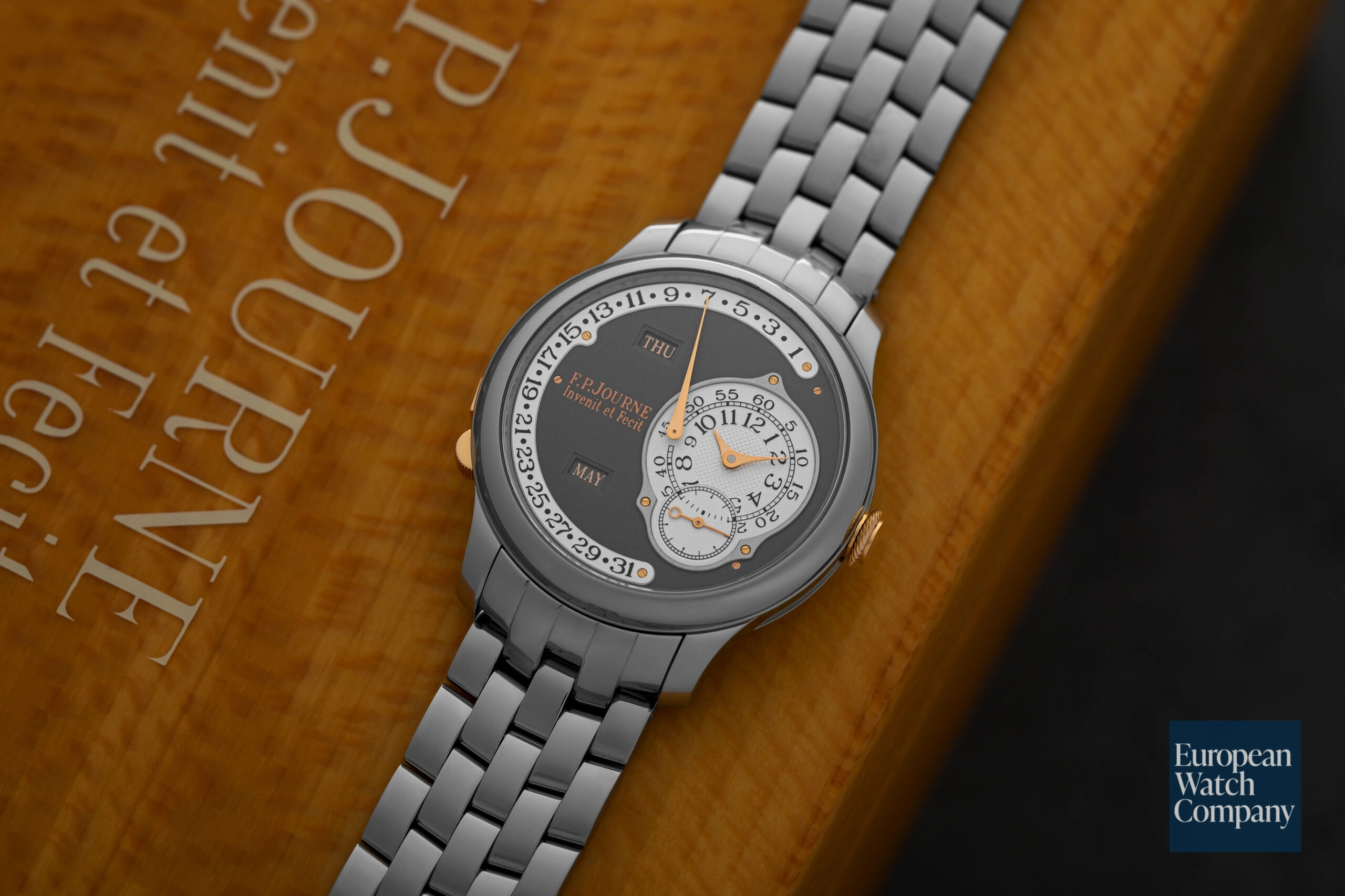
By storing watches at home and not in the bank, record-keeping can become more lackadaisical. However, when a loss occurs usually the first thing that is requested is an appraisal or invoice that establishes ownership of the watch. This means that storing invoices and important reference cards away from the watch, but still in a fire-resistant place is important. It may make even more sense to scan everything into a DropBox or Google Drive to keep an inventory of the collection digitally.
Safe deposit boxes have earned their reputation for good reason, and if you can still get one, it remains the gold standard for secure storage. However, the modern collector doesn’t necessarily need the peace of mind that a safety deposit box offers if he invests in a properly UL-rated and mounted safe, layered electronic security, thoughtful procedures, and pristine documentation. Done right, this contemporary stack can satisfy insurers, protect your collection, and preserve the joy of collecting, without relying on a bank to hand you a key.
If you’d like, I would be happy to review your current rates against those that Chubb offers. I can review your current security protocols to recommend the best ways to store your watch collection, taking into account the size and value of your collection.